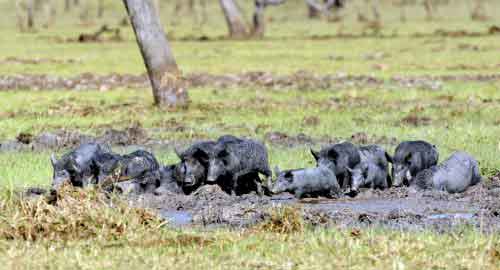Introduction
Aim of this topic
During this topic you will become familiar with the application of population ecology and population modelling to the problem of invasive species management.
This is a perfect time to be studying invasive species management - in the last few years a number of seminal reviews of the science of invasive species management have been prepared. The activities in the Topic will introduce you to this important literature.
Specifically, the aims of this topic are:
- To understand the contribution that population biology can make to managing invasive species, through life-history studies, demographic models and knowledge of the ecology and evolution of both invasive and native species.
- Identify life history stages where management will be most effective.
- Recognise growth patterns and population processes that determine the invasive species' success, and understand how this knowledge could be applied to management strategies.
- Understand the limitations of modelling in predicting invasive species distribution and abundance.

Feral Pigs
Introduction - What is Invasion Ecology?
In Topic 1 - Globalisation of Ecology, we examined the history of invasions and considered the definition of the terms "pest" , “weed” and "invader", and the ongoing conflict about the use of these terms. In Topic 2 – The impacts of invaders, we considered many of the environmental, social and economic consequences of biological invasions. In this topic, we will investigate the way in which ecological principles can be applied to learn how to manage invasive species such as Mimosa pigra.
The sub discipline of ecology that considers invasive species is called Invasion Ecology. Its aim is to apply the principles of population, community and ecosystem ecology to understand and predict the patterns, processes and impacts of biological invasions.
The seminal book that is widely acknowledged as establishing the field of invasion ecology was published in 1958 by Charles Elton "The Ecology of Invasions by Animals and Plants". This is now a burgeoning field of ecology due to the enormous problems caused by invasive species around the globe.
In this Topic, we will concentrate primarily on the application of population ecology, which you were introduced to in previous units (particularly SBI201 Introductory Ecology). We will focus on the following questions:
- What are life histories? Why have ecologists attempted to describe species life-histories and apply them to predict the invasive ability of species?
- What are population models and what contribution can their application make to invasive species management?
To address these questions, you will need to read some key references and answer range of short-answer questions for your assessment item. Case study examples are presented to help you understand the application of invasion ecology, particularly in northern Australia.